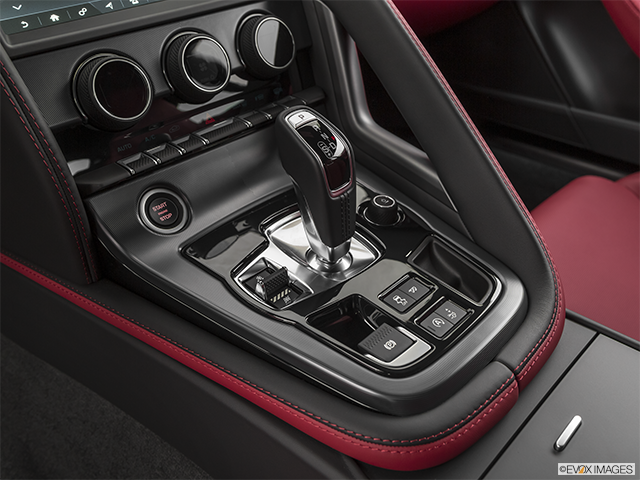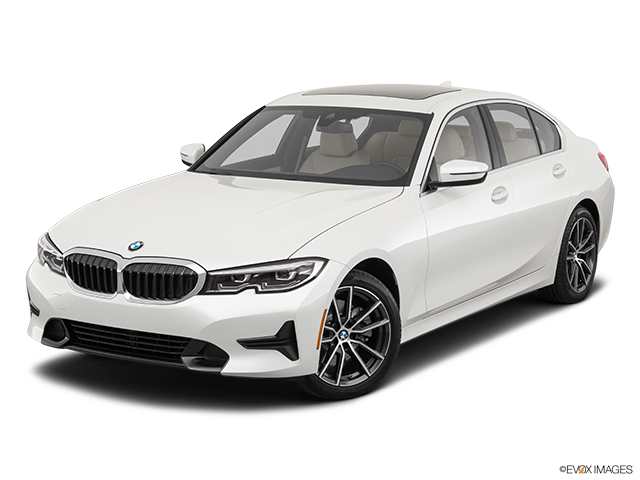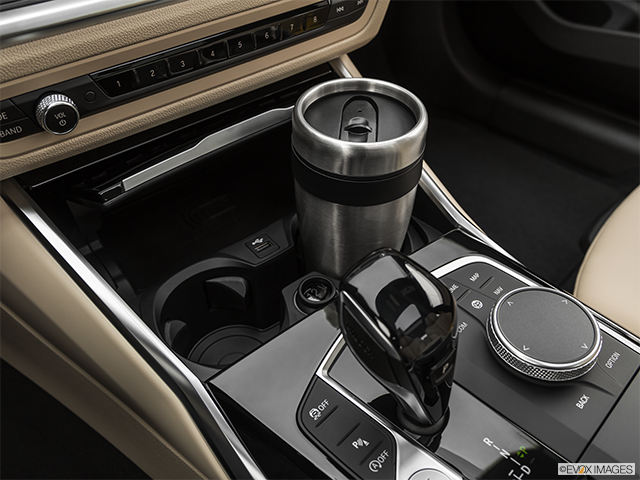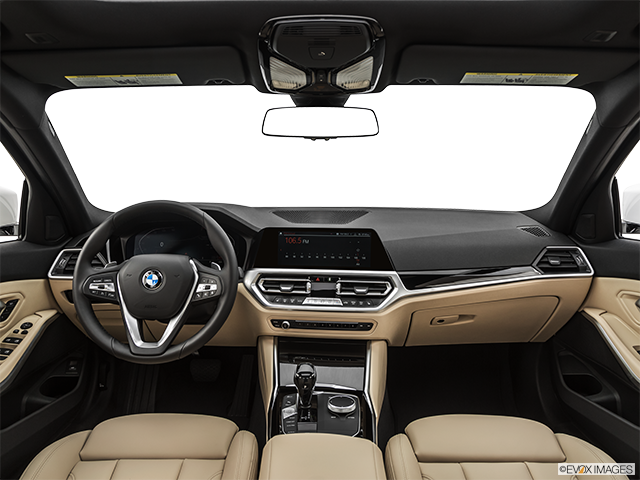Covid has hit the economics of many industries with brutal force. Shutdowns, layoffs, shelter-in-place mandates, and, of course, the virus itself, has affected sales and disrupted business as usual. For the automotive industry, Covid led to plant shutdowns, a decrease (or complete halt) in dealership traffic and unmoving inventory.
Yet, there have been some positive changes that have been caused by the Covid effect on the automotive industry. The craziness of the ongoing pandemic has drastically altered daily life, and, unfortunately, those changes have continued as the virus rages on. Change, while difficult, also yielded new and innovative solutions to the shopping experience. And even work from home mandates inspired execs to think outside the box.
Here are the positive and negative changes resulting from the Covid effect on the automotive industry.
The Covid Effect Downside: Sales Plummet, Dealerships Close or Limit Capacity and Factories are Affected, Too
In March, the world seemingly stopped in an effort to level the curve of Covid-19. Many states issued shelter-in-place mandates, nonessential businesses closed, and, well, everyone hibernated in their homes. Venturing out was both an anxiety-inducing nightmare for some, and an exercise in patience for most.
Store shelves were wiped of toilet paper, hand sanitizer and any decent cuts of meat. Hoarding was real. Fear was palpable everywhere. And so was frustration, as the public desperately sought out the necessities to get them through another week. Canned goods were stocked. Frozen pizzas were in demand. And cooking was a fun diversion. Until it became routine. And yet another chore.
As many essential stores had products cleaned out, other businesses—those deemed non essential—were well stocked, but closed. Untouched merchandise collected dust on shelves as many stores stayed dark. Consumers weren’t out shopping for a new car. They weren’t browsing the lots. They were barely leaving their homes.
Sales dropped across brands; CNET reported that Acura faced a 22 percent drop in the first quarter, Audi’s sales fell 14 percent (Q1), BMW fell 15 percent, Fiat Chrysler only dropped 10 percent, Ford fell 13 percent, General Motors was hit with only a 7 percent drop, and Genesis reported the least painful with a 6 percent drop in quarter one. Stats for Fiat Chrysler and Ford, per CNET, reflect a year over year loss—so 2020 compared to 2019.
On top of the financial pain from the lost sales, manufacturers also might have faced factory shutdowns or staffing issues. One plant put its office workers on the assembly line to keep production going.
Falling sales weren’t simply just because of a public that was stuck inside. Dealerships were a unique case, as many deemed their service essential in the face of Covid. Some dealership showrooms did close, though, and even in areas where businesses might have been open, or when businesses did open, capacity might have been limited. And, of course, many consumers simply might not have felt safe venturing out for nonessentials.
Closed dealerships, the impact of less foot traffic in these dealerships, a weary consumer and production issues all hit the automotive sector hard during the earliest part of the pandemic. Of course, Covid is still very much an issue, and some areas are locking down once again. Capacity for dealerships might be minimized. And consumers are likely still exhausted, worried and limiting their trips for nonessentials.
So will the automotive sector catch a break!? While Covid has hit many industries where it hurts—finances!—the virus also has influenced the automotive sector to innovate for survival. Closed dealerships or limited capacities meant evolving was a necessity.
Here’s how Covid influenced some positive changes…both in general and in the automotive industry in particular.
The Covid Effect: It Wasn’t All Devastation
Yes, the pandemic forced many to shelter-in-place, limit their trips and mask up. For several months, some were stuck at home, only venturing out when necessary. When businesses slowly began to re-open, normal routines became a bit different. “No shirt, no shoes, no mask…no service” became the motto that businesses followed. While many businesses abided by the mask advice, those in some cities and states without mandates might have been more lenient.
During the worst of the pandemic—and, well, perhaps even now as cases spike again—home was the sanctuary. This meant embracing different forms of entertainment that could be accessible from the comforts of home. Board games, streaming services, cooking, baking all became comforting diversions from the uncertainty outside the four walls of home.
And shopping and buying continued, too. Shoppers did have to venture out sometimes, but many headed online to make necessary purchases. Or they went online to make purchases that just made them happy. Regardless of what was being purchased when they clicked ‘buy,’ online shopping became the route to commerce when shoppers couldn’t wander through the stores.
Unfortunately, “doom shopping,” also became a coping mechanism for some. ‘Doom shopping’ was—or is—a type of compulsive shopping linked to the craziness of the pandemic. Shopping makes some people happy, so shopping during a time of uncertainty and fear possibly helped to ease that tension.
For the automotive industry, the move to online shopping wasn’t likely an organic leap until the traditional shopping experience wasn’t available to buyers. Some dealerships or car sites likely offered online buying options, but the restrictions from the pandemic likely accelerated the trend. Limited capacity for the dealerships or even closed dealerships meant that those in the industry had to find a way to make up for those missing customers.
The online sales portal opened the door to the evolution of the car buying experience. For an industry that thrived on the in-person experience, the test drives, the car showrooms, and the sales people, moving sales online meant major change. Some dealerships were ready for it, but others, likely, had to accept it even if they weren’t ready for the wired world of car sales.
But how do you replicate the in-person experience? How do test drives move online? Dealerships embraced tech; they embraced virtual reality. Can’t have foot traffic in the showroom? No big deal! Create a virtual showroom to highlight the inventory.
Virtual spaces offered potential buyers a way to see the car without stepping into the dealership or even leaving the couch. These virtual showrooms exhibited different cars, and each dealership may have had their own unique take of the digital experience. Maybe cars could be rotated for different vantage points. Or allowed for potential buyers to open the doors and see inside the interior. Maybe the offering was a picture slideshow of different aspects of the vehicle.
And what about those test drives? Before Covid, many car buyers wanted to take that new car out for a spin before committing. During Covid, that option might not have even been an option. Dealerships offered test drives in new ways. Some allowed for buyers to sign up for a test drive and the car was delivered to them in-person. Other test drives were available as a video, with viewers given the vantage point of the driver.
Covid inspired the industry to get creative. The entire car buying experience could be done online for many dealerships, even the financing. And the buyers weren’t left to their own devices, unattended or without help during the process. Click a screen, a link, a window, and a customer rep could help and answer any questions.
Creativity hit the industry in other ways, too. When execs sheltered-in-place or moved office work to work-from-home, business had to continue. Even the design processes…especially the design of new models. During Covid, new models of cars were still being designed, and executive teams used virtual reality to aid the design process.
Ford’s Joel Piaskowski told Automobile Magazine that, while working from home during the pandemic, Ford used virtual reality to visualize new models. Executives could don headsets and step into a virtual realm that featured the newest Ford model; laser pointers could be used in the virtual realm to draw attention to certain areas during meetings. Avatars represented those within the virtual space, and team members could swap vantage points to gain a different view of the model.
What about Covid’s Impact on the Future of the Industry?
Covid hit the automotive industry hard, but it also inspired new changes…because dealerships and manufacturers had to find a way to continue even while everything seemed to stop. The design process had to continue, sales had to continue…somehow. Online sales, virtual showrooms and virtual reality worlds helped the industry weather the storm.
But will these changes carry through once the pandemic is behind us? Will online sales still be a trend? While some buyers will continue to prefer in-person shopping experiences—especially for major purchases like a car—others may embrace the digital realm of shopping with gusto.
Age might play into this trend. A report by McKinsey noted “…less than a third of younger consumers prefer conducting car sales & aftersales in person at a dealership….” The takeaway? Younger buyers don’t want to go into the dealership to make their car purchase.
For these buyers, online might be simply more convenient, less stressful and perhaps shopping online even lets them stay in control. Online means no salespeople on the lot pursuing the deal. Online shopping windows can be closed or opened anytime. Buyers can hunt for deals across numerous digital sites and dealerships. The process can be a buyer’s dream. A no-pressure paradise.
Only time can tell iif the option of purchasing a car online will remain an attractive prospect. During the pandemic, options may be limited related to visiting the actual dealership. What happens when business goes back to normal? Maybe normal will look very, very different. After months of avoiding crowds, limiting store trips and wearing a mask, perhaps the public—the buying public—will remain a bit skittish and a bit more intentional with trips and purchases.
Perhaps online car buying will become the preferred method to car ownership. Maybe virtual reality will become a key tool for designers and executives to preview new makes and models. Virtual experiences could be the new in-person. Staying in could remain the new way out!
DRIVING INNOVATION IN AUTOMOTIVE IMAGERY
The EVOX Images database features the most innovative packages of interior and exterior stills, 360º vehicle imagery, and VR experiences. At more than a million images strong, our team consistently raises the bar on industry standards, and offers an unmatched delivery schedule.
Complete. Easy. Powerful. EVOX.
SEARCH OUR BLOG













